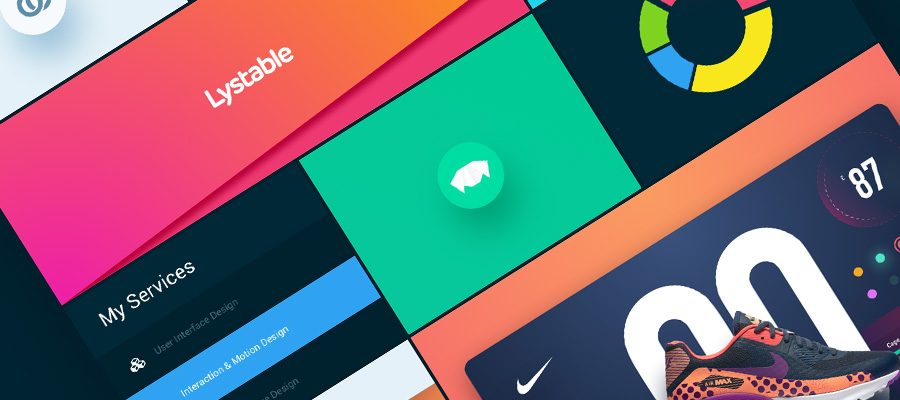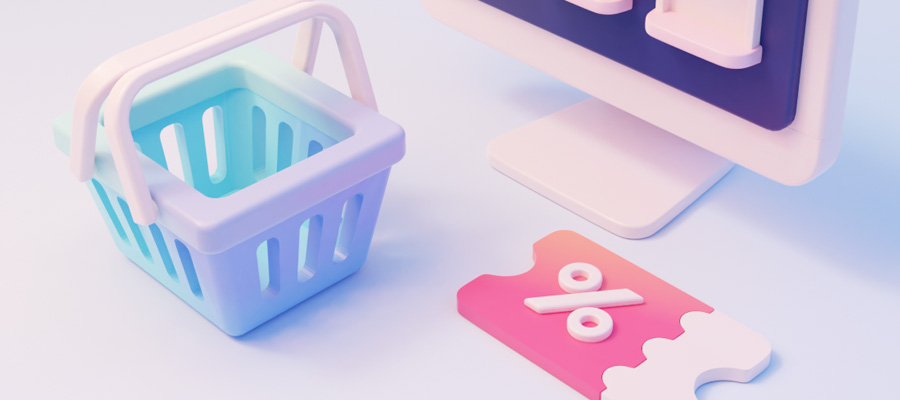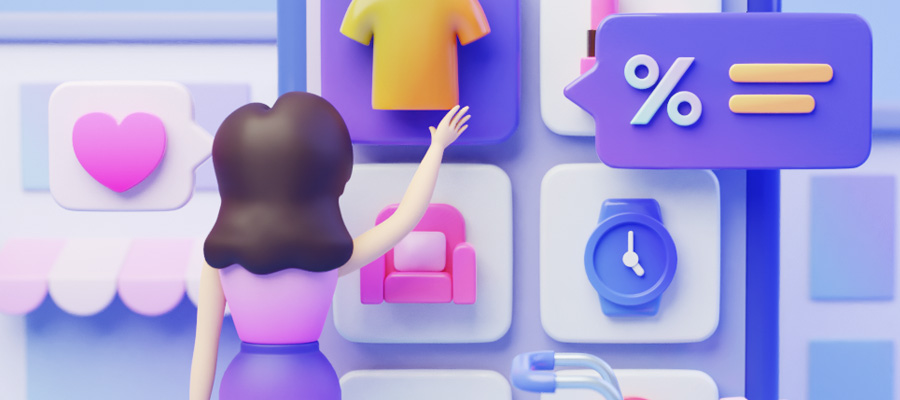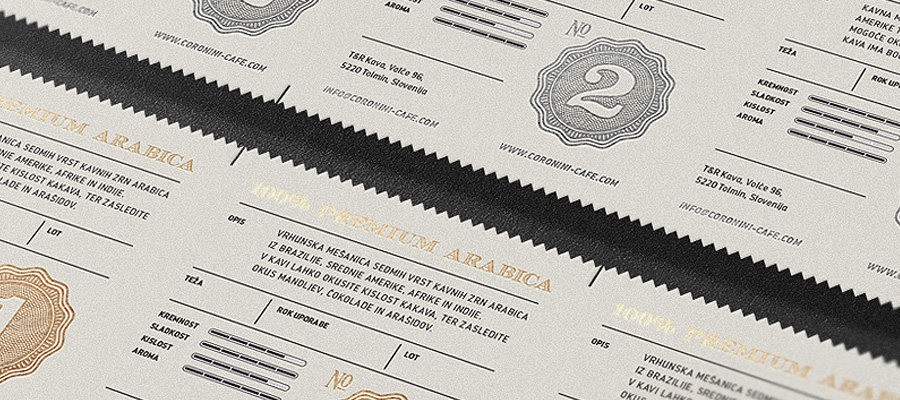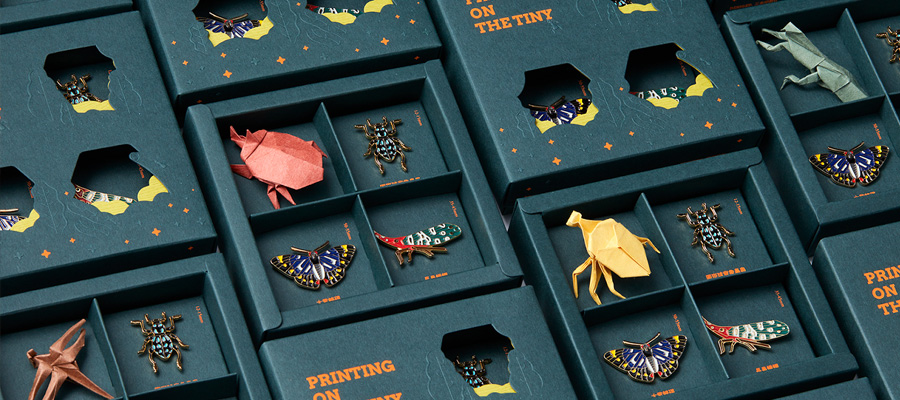When it comes to online selling, your cart serves as a visual driver for your consumers. Without a brick and mortar to help you sell, with all the experiential cues from the music to the scent of the place to the actual testing and trial, your cart serves as the gateway for your target customers to get to know you, understand your products and services, and be compelled to buy.

That is why it is important to look at all the elements of your cart to ensure that it provides the best shopping place online. Just take a look at Amazon.com and ebay.com. They are two of the most successful online shopping sites that have used shopping carts effectively.
The psychology of color
According to Entrepreneur Magazine, who quoted the Color Marketing Group, color accounts for 85 percent of people’s decision to purchase one product over another. As design consultant Rich Kizer says, "Colors in a store format can create different emotions and store retailers can use that.” That extends, of course, to the online realm of consumer marketing.
In general, color can prove to be a cornerstone of branding. Look at Target with their red logo or Gap with their blue – can you imagine these brands ever sporting another shade? With sites such as Shopify, easy to customize themes enable brands to find the perfect shade that best communicates that they are not just mere commodities but story carriers as well.

It is advisable for companies (especially based in North America) to adhere to pink if it’s related to feminine brands. Clothing for young girls can be a great online business that can employ shades of pink. Black is not morbid as many would think – in fact, for brands that sell luxurious, expensive products targeted to high end markets, black is their best friend. This is because black often connotes power and for fashion, black provides the illusion of thinness. In designing carts, it’s always best to pair with black other subdued but equally regal colors such as gold or old rose. If the business relates to jewelry for example, a piece placed against black will bring out the intricacies of it.

As for businesses that relate to tourism or hospitality, the colors that evoke relaxation and downtime always win. Blues and greens create calm as these colors call to mind the tropics, beaches, and out of town getaways. Blues and greens are cool and easy on the eyes and white complements them naturally.
When designing the whole layout, calls to action are always a great way to let people instantly know that something is limited edition and will only be available for a short period of time or if an item is on a substantial sale. The colors red or orange can alert consumers, get their attention immediately, and persuade them to buy. Oftentimes, items with the help of these colors move faster and incur more sales.
However, it is important to note that different colors have different shades as well, and a great way to find which shade of blue, green, or red goes well with each other is by color planning—using different hues with links, for hovers, backgrounds, font color, button texts, and heading colors. These shades are seen real time with a click of the preview button in Shopify.

Color may be queen but design is the kingdom
Sure, you have the perfect cerulean and teal and turquoise down pat but colors don’t make a cart – a greatly designed one does. Design does not just refer to how it looks but, more importantly, how it feels. Online shopping like we mentioned does not give you the bells and whistles of a physical store or a consultant, and that’s why it is important to have a shopping cart that is easy to navigate and can help facilitate a great shopping experience.
The backbone of any website or shopping cart is the codes that serve as its foundation. But not all businesses have the resources build something from scratch. This is where the power of online ecommerce websites who have already mastered the field of shopping carts comes in.

First and foremost, the shopping cart must have an organized layout. If it’s a clothing site, the blouses, pants, skirts, bags, and accessories must be duly classified for easier navigation. Shoppers must easily see where they can find what it is that they are looking for, as most of them are in a rush.
The cart must also have timestamps—especially for food business carts for food safety reasons. Usually, food is bought as a gift and should provide the buyer the peace of mind to be able to buy it for someone else.

A great cart should also be intuitive. After clicking on a product, the way to pay should be seen easily. Are they planning to have it gift wrapped? A small graphic guide should be present immediately. Are they simply saving it for future reference? There should always be a way to do so with a personal account wherein they can save the products and services that initially caught their interest. All these elements should be found in readily available themes for ease of use for any budding online entrepreneur.
For greater ownership, the CSS or HTML codes must be easily accessed and always available. This will help business owners to readily edit their offerings as the market demands especially during big holidays such as Christmas, New Year, Black Friday and Valentine’s Day.
Who’s running the kingdom?

As with any successful enterprise, a great cart website is defined by who is behind it. Technical support cannot be underestimated when it comes to building a great shopping cart. The website should be able to provide a great support system to you, especially for questions or inquiries concerning your website. This includes a 24/7 contact person for troubleshooting purposes. Also, a free and no-risk trial period is important to test the cart before you go full blast with your business.

